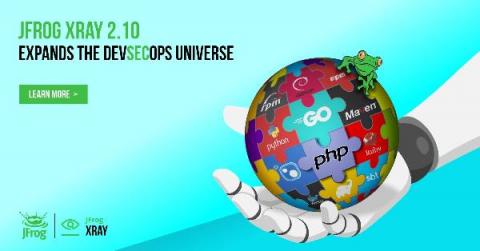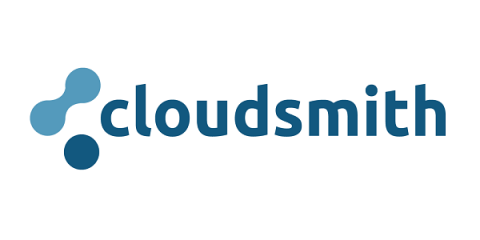How GoCenter Connects Go Modules Authors With Consumers
There’s no longer any doubt, Go modules are an accepted part of Golang. The over 300,000 versioned Go modules in JFrog GoCenter shows how they have been embraced for package management by the Go community. With Go modules now enabled by default in Golang 1.13, the number of publicly available modules will grow even more rapidly — and some of them may be contributed by you. But once you share a Go module project with the community, what happens to it? Does it get used?











